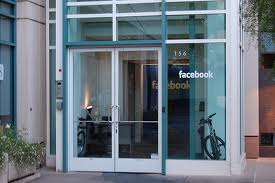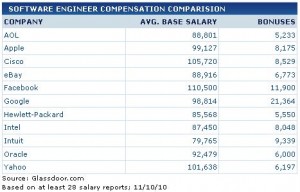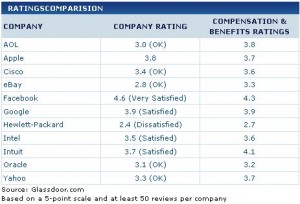While it is true that the legendary Motorola MOTOFONE came close to being the world’s cheapest phone, Vodafone has won over Motorola by presenting the Vodafone 150, a $15 phone that will be a boon for the developing countries. These countries often face a problem with communication which is sometimes seen as a hindrance in development. The Vodafone 150 is an epitome of excellence that has a great potential to change the world in more ways than one. According to UN studies, the mobile ownership will reach $5bn in 2010 and most of this will be concentrated in the developing countries. By having access to these phones in countries like India and Turkey, the people will benefit greatly the mobile banking and health services that will aid the countries’ development.
In my opinion, this cheap phone was made possible by the excellent operations management facilities at Vodafone. By analysing the operations chain and making necessary cost cutting decisions that would “reduce the price, and increase the functionality”, this cheap phone now has the potential to provide distant banking services and health aid. But to actually unlock the potential, it is necessary that the marketing and information systems departments work together and first raise awareness about the product and then make sure that the communication network is maintained so that the developing countries actually benefit from these phones.
http://news.bbc.co.uk/2/hi/technology/8516079.stm
http://www.engadget.com/2010/02/17/vodafone-150-lays-claim-to-worlds-cheapest-phone-title/






